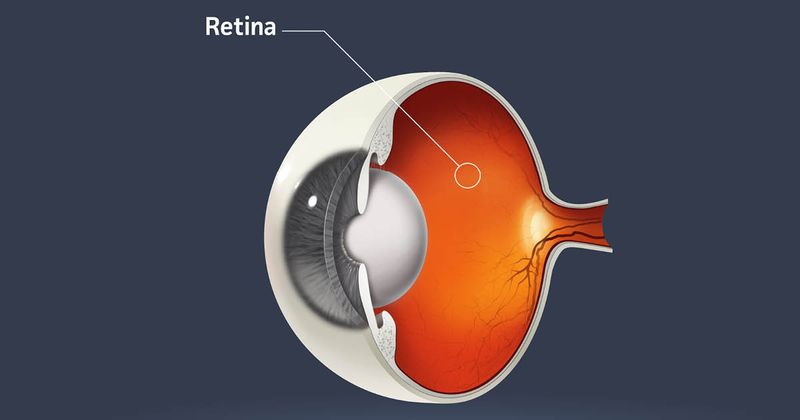Remote monitoring of macular thickness may help assess AMD
Click Here to Manage Email Alerts
Comparing macular thickness between in-office visits can help quickly determine if clinical assessment is needed in patients with age-related macular degeneration, according to a presenter.
At Angiogenesis, Exudation, and Degeneration 2023, Omer Trivizki, MD, MBA, said the management of AMD carries a significant burden for patients and providers.

Image: Adobe Stock
“Identifying a reliable method for self-monitoring can help decrease that burden,” he said.
Trivizki and colleagues conducted a retrospective study to evaluate patients who converted from dry to wet AMD and were imaged with dense raster scans using the Cirrus HD-OCT 5000 (Zeiss). The study comprised 53 eyes and more than 1,300 imaging sessions.
The imaging data were randomized into one data set and analyzed by five retina specialists who conducted four grading exercises for two chronologically consecutive imaging sessions.
When grading included macular thickness maps only, the graders had high agreement, sensitivity and specificity, Trivizki said.
The researchers also sought to find an optimal threshold for triggering clinical visits based on macular thickness. When looking at 5 µm increments, they found that as the threshold went up, sensitivity went down. The best threshold method had similar results to human graded macular thickness maps.
“Remote monitoring of patients undergoing anti-VEGF therapy requires a quick and effective strategy, and comparing macular thickness between visits is an effective way,” Trivizki said. “Establishing an optimal change threshold between visits helps determine when treatment is needed, and it’s resulted in a similar outcome to human graders.”

